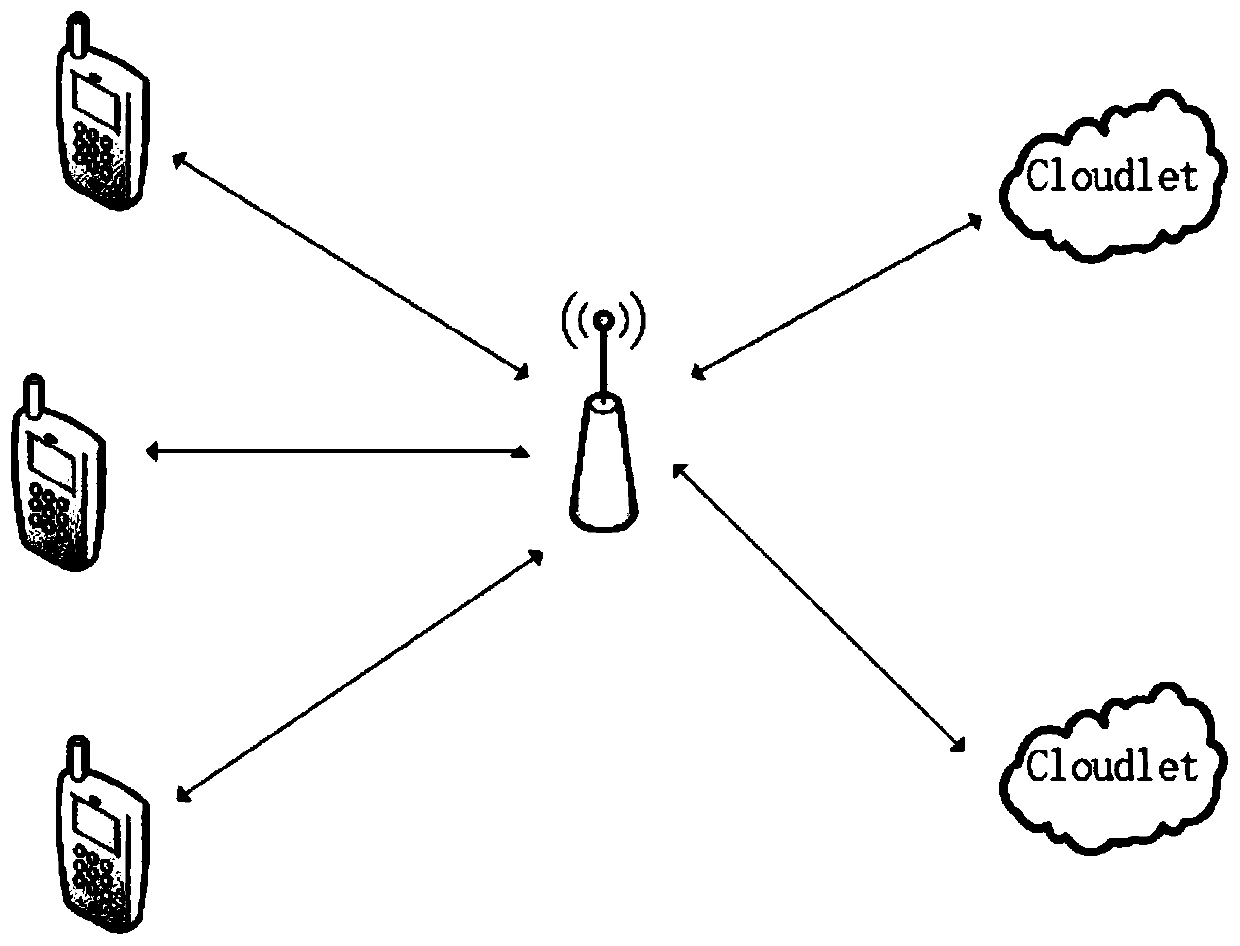A computing migration method based on task dependency in a mobile cloud environment
A mobile cloud and task technology, applied in energy-saving computing, multi-programming devices, climate sustainability, etc., can solve problems such as weak computing power, small storage space, insufficient power, etc., achieve optimal response time, improve parallelism, The effect of excellent terminal energy consumption
- Summary
- Abstract
- Description
- Claims
- Application Information
AI Technical Summary
Problems solved by technology
Method used
Image
Examples
Embodiment Construction
[0043] Objects, advantages and features of the present invention will be illustrated and explained by the following non-limiting description of preferred embodiments. These embodiments are only typical examples of applying the technical solutions of the present invention, and all technical solutions formed by adopting equivalent replacements or equivalent transformations fall within the protection scope of the present invention.
[0044] The present invention discloses a computing migration method based on task dependence in a mobile cloud environment. The method firstly expresses the computing capabilities of different micro-clouds in detail on the basis of considering the subdivision of task types, and then gives The utility function calculation method of the migration scheme is proposed; then an improved algorithm is proposed based on the general genetic algorithm idea, so as to reduce the data transmission between tasks as much as possible and improve the parallelism of tas...
PUM
 Login to View More
Login to View More Abstract
Description
Claims
Application Information
 Login to View More
Login to View More - R&D
- Intellectual Property
- Life Sciences
- Materials
- Tech Scout
- Unparalleled Data Quality
- Higher Quality Content
- 60% Fewer Hallucinations
Browse by: Latest US Patents, China's latest patents, Technical Efficacy Thesaurus, Application Domain, Technology Topic, Popular Technical Reports.
© 2025 PatSnap. All rights reserved.Legal|Privacy policy|Modern Slavery Act Transparency Statement|Sitemap|About US| Contact US: help@patsnap.com



